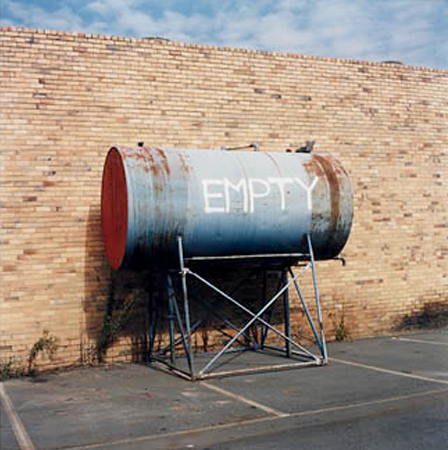From Sharne Wolff...
We often hear the word vernacular bandied about but what does it actually mean? The home-grown Macquarie Dictionary refers to that “which is native or originating in the place of its occurrence or use, as language or words” but in art the concept is more open ended. ‘Vernacular photography’ might emphasise the importance of the photographer as amateur, while other interpretations stress the accidental (unstaged) nature of the photograph. Sometimes it refers to the capturing of a local style.
Displaying 27 photographs made during the latter half of the twentieth century Australian Vernacular Photography draws on these ideas in this selection of images in different styles and genres. The show blends ‘the allure of the everyday’ with a search for Australian national identity. Seen through the lenses of both documentary photographers and some well-known artists, images of ordinary life and its characters emerge – Hal Missingham’s bikini-clad girls, John F Williams’ returned soldier, Gerrit Fokkema’s amusing Woman Hosing and Sue Ford’s wonderful Sue Pike amongst them. Together they gently reveal the dreams and aspirations of a nation. The Australian landscape is pervasive in almost every shot with those from Glen Sloggett and Peter Elliston painting a melancholic view of city fringes.
Other artists included are: Jeff Carter, Ed Douglas, Peter Elliston, Fiona Hall, Robert McFarlane, David Moore, Trent Parke, Roger Scott, Ingeborg Tyssen, William Yang and Anne Zahalka.
Until May 18
Art Gallery of New South Wales, Sydney
Pic: Glenn Sloggett, Empty 1996, from the series Cheaper & Deeper, type C photograph, 80 × 79.9 cm.

